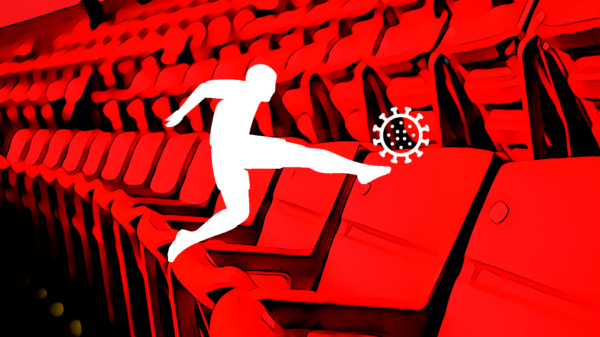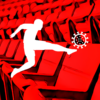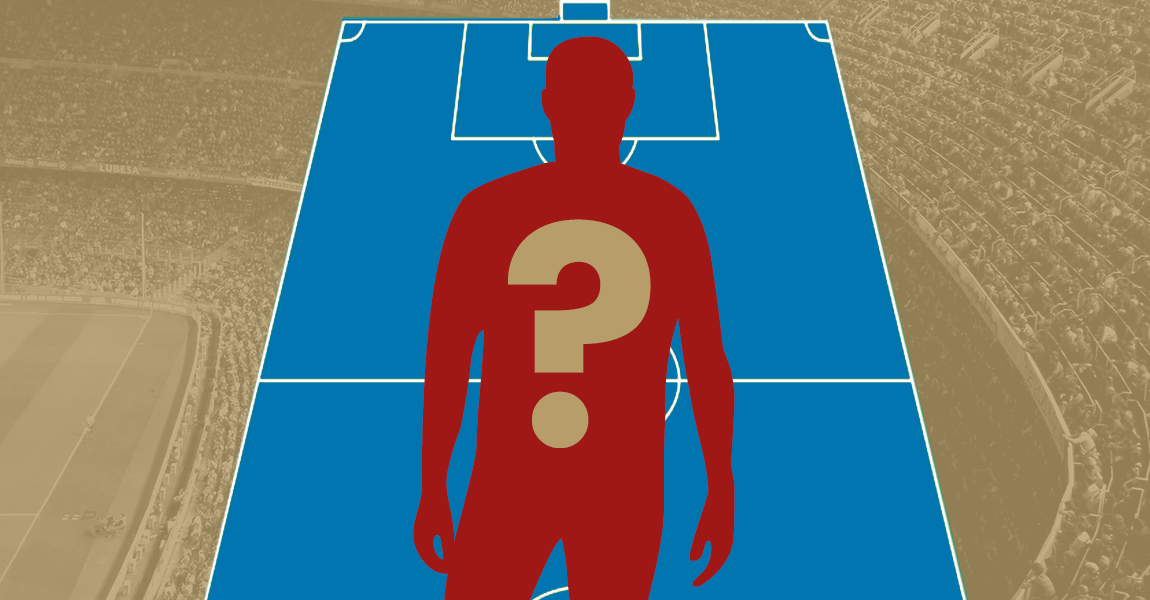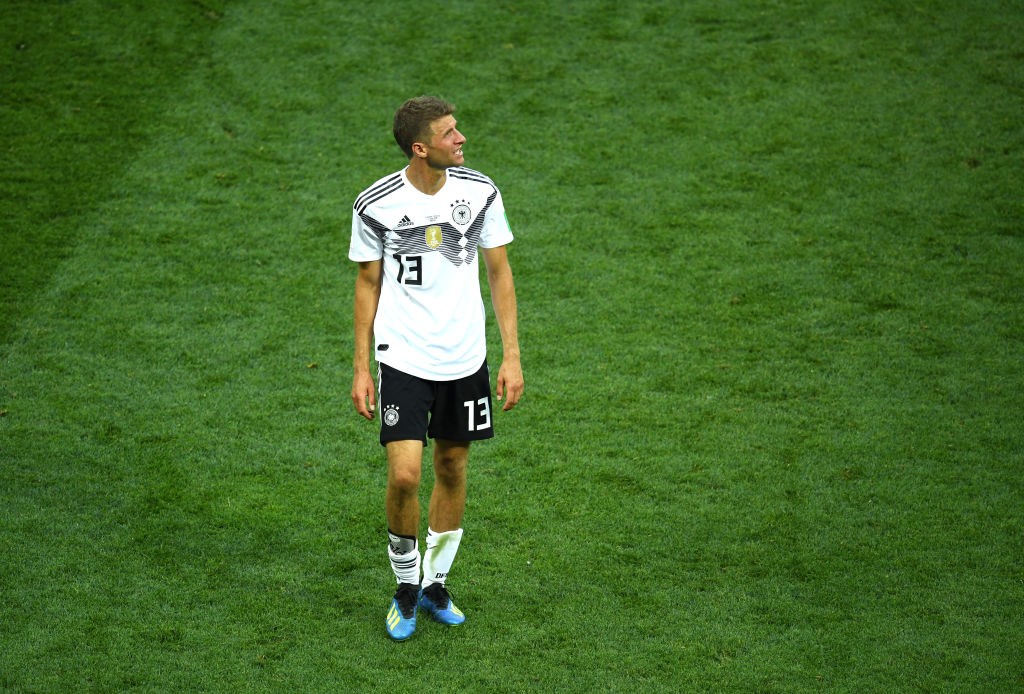The Paradox of Choice. Analysis Paralysis. Kid in a candy store. All of these phrases seek to explain having too many options to effectively choose one solution. These are very apt phrases to explain the plight of Germany Manager Joachim Löw when attempting to select the attackers in Die Nationalmannschaft. Despite the defense and holding portions of his midfield being largely decided before the tournament begins, the attacking portions of his team are so full of options and combinations that it will be difficult for the sweater-clad manager to find the right blend of creativity and directness in his front four.
FORMATION
Germany’s preferred formation is much less difficult to figure out as they have lined up in a 4-2-3-1 for years now and it was a formation that brought them a lot of success in 2010 in South Africa and at the Euros in 2012. It’s based around a few basic principles: first, a solid defensive foundation in the back four; second, a double pivot system through the defensive midfielders that works to switch play between attack and defense; thirdly and finally, a front four which works to overload opposing defenses and catch teams on the break.

Made using Tactical Pad
ANALYSIS
Back Four: Germany’s back line is made up largely of known quantities. Mats Hummels and Per Mertesacker are coming off very successful seasons with their clubs Borussia Dortmund and Arsenal respectively. Each of these defenders is solid defenders and is near impossible to beat in the air. Hummels won 70% of his headed duels while Mertesacker won 66%. Philipp Lahm is another known quantity as he has been one of the stalwarts of both Bayern Munich and the German National Team. His experience on the big stage is well documented with his career spanning two 3rd place finishes at the World Cup, a runners-up finish at the 2008 Euros and a 3rd place finish at Euro 2012.
The only member of this group that is untested is Erik Durm. He made his debut for the National Team just days ago in the 2-2 draw against Cameroon. He has only just broken into the set up at his club, Borussia Dortmund but he has proven to be effective early in his career at one of Germany’s top clubs. He was successful in 71% of his take-ons in his 19 appearances for Dortmund this year. He also won 62% of his headed duels and 49% of his tackles. He may be preferred to Kevin Großkreutz who was mainly utilized as a winger by Dortmund until very recently. However he will be called on in the event Durm does not perform to standard.
MORE READING | Interview with German football expert, Daniel Busch, of WhoScored.com
Double Pivot: Playing with two defensive midfielders is the basis to all of the attacking that Germany does. Having two midfielders of the caliber of Bastian Schweinsteiger and Sami Khedira in these positions allows the front four to leave the defending to the rest of the team but it also allows Germany to launch attacks from multiple positions on the field. If they recover the ball deep in their own half, Schweinsteiger or Khedira both have an eye for a long pass with average pass lengths of 18m and 15m respectively and pass completion percentages of 89% and 86%. This type of accuracy and assuredness with making long passes is what allows Germany to play the lightning-quick, fast break style that they enjoy playing and the one that put teams like England and Argentina to the sword in the World Cup in South Africa.
None of this accounts for the fact that when Germany are well on top of a game, there is nothing to stop either Khedira or Schweinsteiger from foraying forward into the box and adding to the attack. Both players have shown their finishing abilities at the international level and will feel comfortable in the opposing box if a team proves difficult to break down. Another option in these situations is another Bayern man, Toni Kroos. He thrives in these sorts of areas and has an absolutely deadly shot on him. Khedira may be sacrificed if they are going against an opponent that likes to sit deep and tries to frustrate the Germans.
Front four: Thomas Müller, Mesut Özil, Mario Götze, Miroslav Klose, Andre Schürrle, Julian Draxler, Lukas Podolski. This is just some of the attacking talent that Germany has at their disposal and the list is honestly scary to look at. In another way it is scary to Germany as well because how do you choose from this list when you have four spots to fit these players into? Thomas Müller will most likely be one of the first names on the team sheet at right wing because of his ability to create and score. He always pops up in the dangerous areas and seems to grab goals when Germany or Bayern need them most. Marco Reus looked likely to be the second at left because he had an absolute stormer of a season in a Dortmund team that plays in a similar style to Löw’s Germany. 16 goals, 13 assists, 90 total chances created, 81 of 141 take-ons completed and a nearly 20% goal conversion rate in 30 appearances for Dortmund are what put him above the likes of Podolski, Schürrle, and Draxler. However, with injury ruling him out of the tournament, we expect Lukas Podolski, the experienced, and talented Arsenal star to start in his place.
Far less settled is the place of Mesut Özil. Once a nailed-on choice for Germany’s starting XI, the creative attacking midfielder is under pressure to regain the form he once had for club and country. His position is most under fire from young superstar Mario Götze of Bayern. There stat lines are eerily similar except with a couple key differences, in chances created and goals. Özil created 76 chances while Götze created only 38 while Özil had 5 goals and Götze racked up 10 in his 26 appearances. I explain these differences very simply. At Bayern Götze is surrounded by players who create chances, while at Arsenal Özil was one of two main chance creators, the other being Santi Cazorla. With this, Özil will be under a lot of pressure to begin producing along his former lines or the younger, more potent Götze will displace him.
Finally, we address the matter of the striker. There is no more proven goal-scorer at the International level than Miroslav Klose. His 14 goals for Germany in the World Cup are tied with Gerd Müller for the most ever in World Cups for the nation. However, at 35 years old it is uncertain that Klose will be able to put in a full 90 minutes across a tournament. The choices available do not present classic strikers but rather players that can fill more of a “false nine” role in front of goal. The first choice in this role may be Mario Götze but Reus, Schürrle, Draxler and Podolski could all fill this role potentially. Someone will need to be able to round off Germany’s attacking moves and it will be up to Löw to find him.
KEY PLAYERS
Mario Götze| This young player for Germany is too key to Germany’s run in this World Cup to call him a Key Young Player. With this attacking talent scoring so much for his club side, Germany is going to expect a lot of goals to come from him, especially if Götze lines up at the striker position of the 4-2-3-1. The youngster has shown at the top club level that he can produce magic but he has to reproduce that form for the country. This could be the tournament where Gotze cements his place as one of the best players in the world.
Per Mertesacker | The big defender is at the heart of the German defense and he will absolutely need to organize and lead this backline in order for Germany to be successful at this tournament. One of the strengths of Germany previously, especially in 2010 was their ability to frustrate opponents and break quickly; they will need to do this again especially against the stronger, more positive teams in the tournament.
TALENT RADAR KEY YOUNG PLAYER
Erik Durm | None of the young players in this team, of which there are many, are being thrust into the limelight quite like Erik Durm. As discussed he has one cap to his name so far and he’ll be expected to line up against the likes of Cristiano Ronaldo on Germany’s defensive left. He will be expected to hold his own in what will be his first foray into the International spotlight. His reaction has to be positive and if it is he could establish himself as part of this Germany setup for a long time.
Mario Gotze | we expect coach Jogi Low to hand the starting place to the more experienced Mesut Ozil. This means that Gotze will play a role coming off the bench, and this is where he can make a huge impact. His understanding and interplay with Muller will be something that opponents need to guard against. The other option is his deployment as a False 9. Low has selected only 1 recognised striker in his 23 man squad, and it is widely expected that players like Gotze will be fielded in place of the legendary Miro Klose for large periods of time.
Read our Analysis of all teams here, and all other WC2014 related content here.
- Talent Radar: Bundesliga 10 Young Players (U-19) to Watch in 2016-17 - September 6, 2016
- Hipster Guide 2016-17: Middlesbrough’s tactics, key players, and emerging talents - August 11, 2016
- Im Herzen Vereint: The Incredible Story of Dynamo Dresden - July 13, 2016

























































